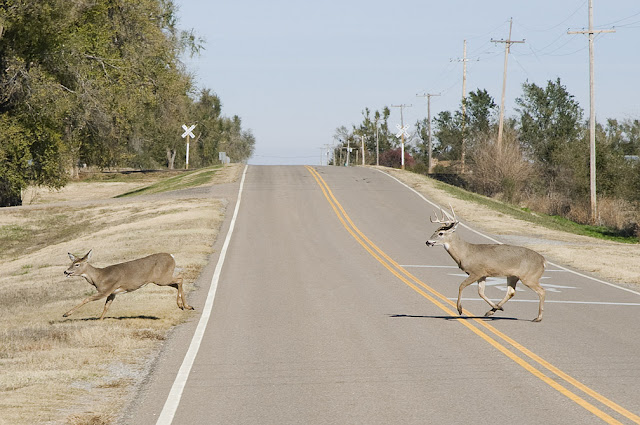This month’s #IAMKDOT is Larry Kjellberg, a Highway Maintenance Supervisor for the Ness City Subarea.
Kjellberg began his career at KDOT as a temporary employee during the summer of 1980. He returned to KDOT in as an Equipment Operator I in 1981. He was promoted to Equipment Operator II in September 1985, Equipment Operator Senior in 2003, Equipment Operator Specialist in 2010 and was promoted to Highway Maintenance Supervisor for the Ness City Subarea last year.
With more than 35 years of experience, Kjellberg has many
memorable moments with KDOT, but says his favorite part of the job is the
winter snow plow season because that’s when he really gets to help people – and
help he has.
He’s helped stranded motorists change tires and located and
returned a lost cell phone. He’s helped in several life-saving efforts to transport patients to
hospitals during blizzards. Kjellberg earned a KDOT Orange Hero award for his efforts.
When a patient from the Tribune/Leoti area needed to be
transferred to Hays, Kjellberg met the ambulance at the county line and plowed
the way for them to the Rush County line where the next snow plow driver waited
to escort the ambulance on to Ellis County. Not too long after, Kjellberg
got the call again. The Ness City hospital needed help transferring a
patient to Hays during a snow storm. Kjellberg met the ambulance again
and led the way to the Rush County Line where the LaCrosse team took over.
Kjellberg and his wife Wendi have four kids, Amber
(Dighton), Becca (Kinsley) Chelsey (Dighton) and Lucas (Ness City) and five
grandkids. When not at work, Kjellberg enjoys spending time with his
children and grandkids, but especially enjoys fishing with his grandkids, and
hunting and trapping with his son, Lucas. Those close to him would say
that he is a trustworthy, honest and sincere role model.































